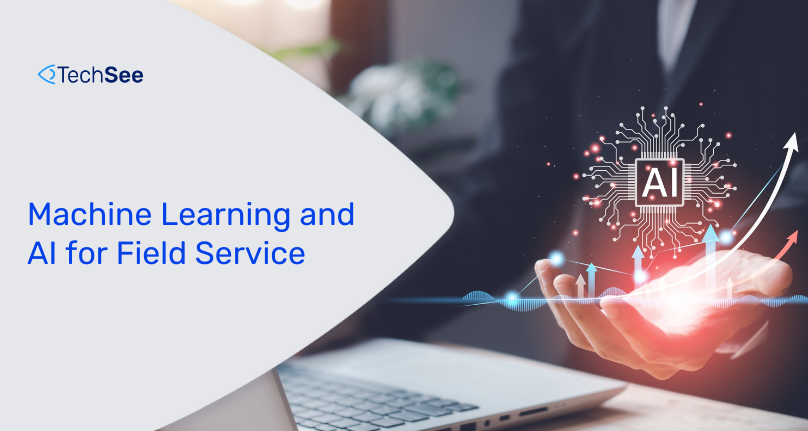As we enter the next season of 2023, the field service industry is witnessing a significant shift towards the adoption of artificial intelligence (AI) technologies to address various customer-facing needs. The potential of AI is enormous, ranging from predicting equipment issues to optimizing technician scheduling, among other applications. One of the subsets of AI, machine learning, has lately emerged as a branch that goes beyond the core capabilities of AI. Organizations are now focusing on developing algorithms to simulate human learning, improving accuracy and strengthening AI capabilities.
Machine Learning and AI for the field
From a field service perspective, what does machine learning offer, and how can it benefit partners? While many companies aspire to leverage AI in their field service operations, they often struggle with the complexity of the AI and the best use cases for it. Some companies claim to use AI for troubleshooting, but they barely scratch the surface of what machine learning can do to enhance the customer experience. In theory, AI powered by machine learning can process data to identify, manage, and resolve issues without the need for an expert technician, transferring knowledge company-wide and turning field agents into expert technicians.
Even before technicians arrive at the office, companies can use machine learning to determine the necessary parts for site visits, the estimated call duration, and the equipment’s make and model. All this information fed through AI can significantly reduce the number of trips and repair times, thereby enhancing employee satisfaction. TechSee’s remote computer vision AI platform is an example of how companies can leverage machine learning to support remote customers and technicians to diagnose, guide, and verify issues via visual engagement and self-service automation. Partner stakeholders can use machine learning to develop a robust AI-powered field service solution that transforms the way customers deliver services, automates processes, reduces costs, all while enhancing the customer experience.
The main challenge of implementing machine learning is to gather enough data per device or damage scenario to train the neural networks. TechSee uses two core technologies to overcome this challenge:
- Generating synthetic data in the lab – taking videos of devices and damage scenarios, generating hundreds of images, which are multiplied to take account of a huge range of positions, backgrounds and lighting conditions.
- ‘Transfer learning’ – this entails leveraging algorithms based around similar devices or damage scenarios, meaning that less data is required for the second device the system is trained to recognize, and that far less data is needed for the tenth device. In practice, this translates into just a few hundred new images instead of tens of thousands.
The engagement centers to profit centers
Customer service centers that use machine learning to supplement their AI with data from historical reports can turn those operational centers into profit centers focused on improving the overall customer experience. By improving customer interactions, field service teams can foster relationships and drive up repeat value, resulting in higher customer satisfaction scores, increased agent satisfaction, and a more productive and efficient service team.
In a digital transformation report written by Salesforce, 88% of customers say the experience a company provides is as important as its products or services, and 94% say service influences repeat buying decisions. This means that field service teams can foster relationships through better customer interactions and THEN drive up repeat value. By utilizing machine learning for AI, teams can unlock the potential of their service operations to be more effective and profitable overall.
Conclusion
As a partner service leader, improving productivity with the support of new technologies is critical, especially where AI is either not used or underutilized. By using machine learning practices above, you can improve your overall performance. Ultimately, this will result in higher customer satisfaction scores, increased agent satisfaction, and a more productive and efficient service team.
To learn more about why TechSee’s visual service technology is rated 4 stars or higher by 99% of agents, contact our team to schedule your free consultation.






